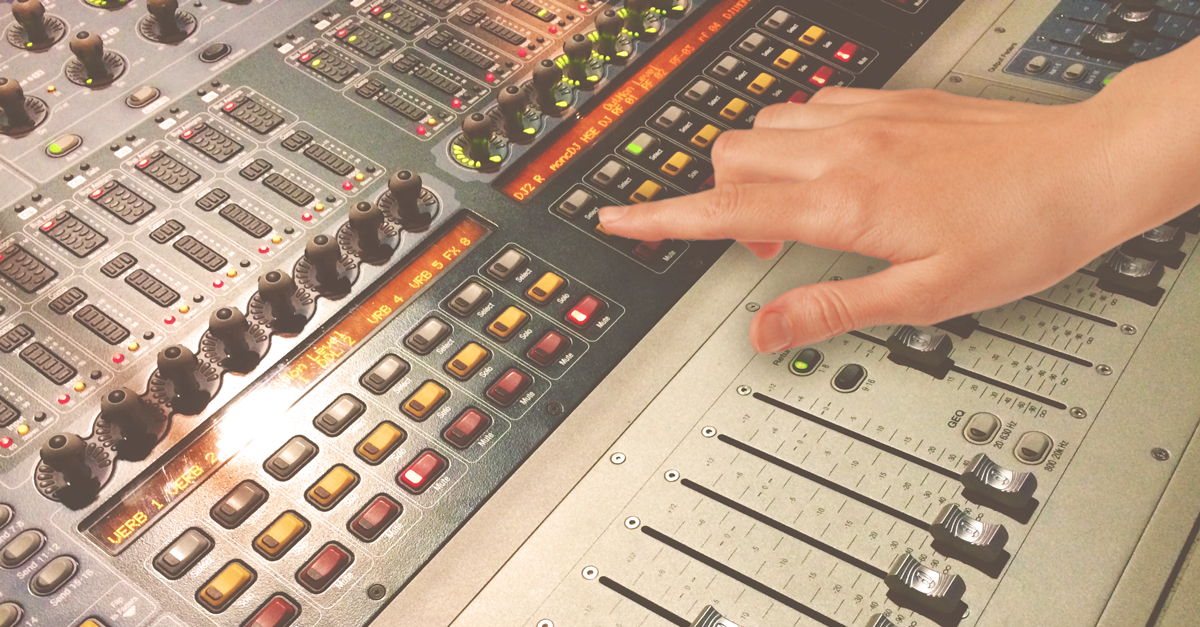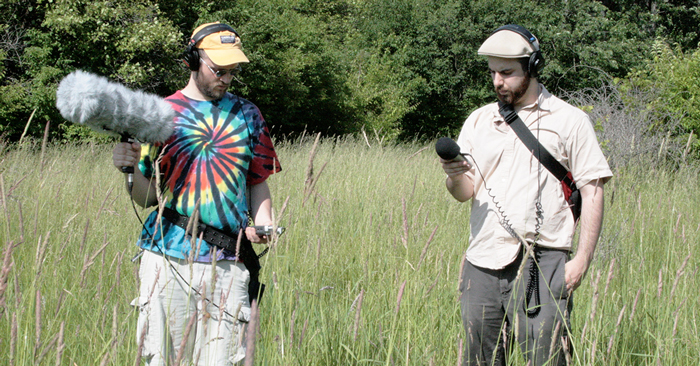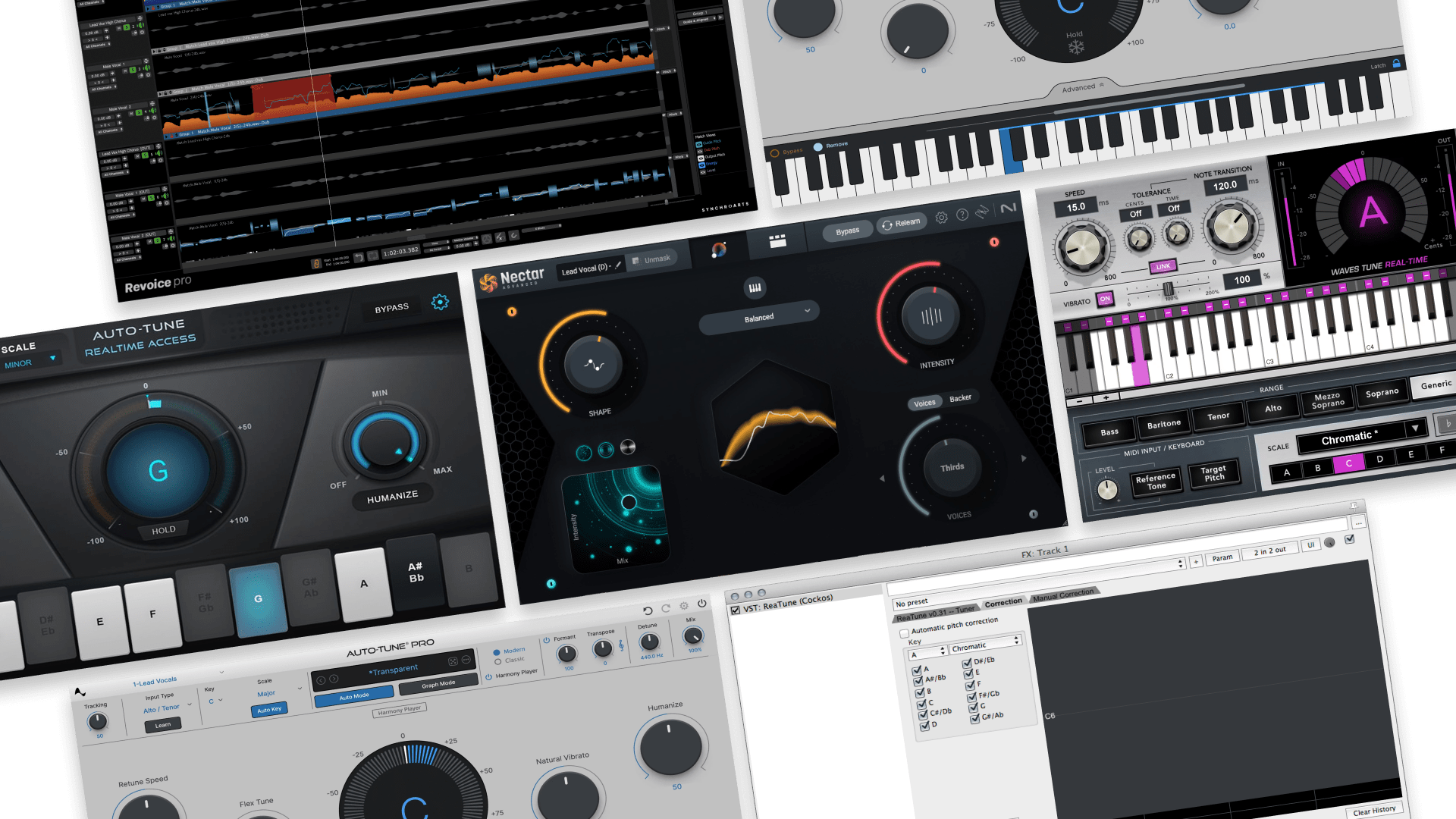
7 Easy Ways To Get Bigger Sound with Layering

Bigger and more present sound is just a few layers away.
Mixing music is about the big picture. But sometimes it’s the small stuff that has the biggest impact.
When your mix needs space, thickening, widening, or overall personality there’s one simple technique to get a more lush sound:
Layering.
Follow these simple tips for layering and give your tracks the depth and texture they need to sound full and present.
Here’s 7 simple essential tips for layering effectively in your mix.
1. Layered synths for massive presence
Layering synths is perfect to get a full and glimmering lead that has some low body as well.
Record a simple mid-low bass line that you like. Use your favourite synth VST plugins. Make 2 duplicates of your original line.
Pitch the first duplicate down to cover the lower notes. This will act as your sub.
The second duplicate should give you that glimmer. So try pitching it up or applying different settings to give you the high end sugar that cuts through a mix.
What your left with is a lead synth that has the high end shine with the mid-low body that fills out a present mix.
The settings you apply to each duplicate is up to you.
You will also need to apply some carving EQ to avoid a muddy mix. Layering synths properly will take some serious experimentation and listening.
Use this layering concept as a starting point. But tweak it to fit your needs and overall mix.
2. Diversify your kit
Most sampling plugins like Ableton Live’s Drum Rack and Bitwig’s Drum Machine allow you to layer multiple samples in midi sequence.
Experimenting with specific sample layering will give your track some new life and bulk up your one shots like a kick or snare.
Put a crash cymbal tail on kick drum. Layer a shaker with a closed hi-hat. Put a harp on every 4th snare.
Layering samples gives you a more interesting and versatile sound.
This work especially well for drums. If you’re looking for some high end punch from your kick that already has full, round low end layer it with a punchier kick.
This is a little more tricky than it sounds. You’ll have to experiment with which sounds you layer and mix for taste and quality.
With all sample layering make sure the frequencies aren’t cancelling the good stuff out of each layer. Use some smart EQing to get everything sounding right.
3. The ambient layer
There’s no better way to give your track some depth and texture than an ambient track buried in the mix.
Subtly add a warm bass pad, a sustained drone, or even a field recording of rainstorm to the back of your project.
It will fill out your overall sound. It works best if it’s not in your face.
So keep it lurking in the background. Think of it like a sound easter egg that all the deep listeners can find. According to Brian Eno:
“Ambient Music must be able to accommodate many levels of listening attention without enforcing one in particular; it must be as ignorable as it is interesting.” -Brian Eno
Layering ambience will give your mix more depth and fill out some of the thinner spaces your track may have.
4. Layer. Pan. Process.
Duplicate a track and then pan it further away from centre than the original. Apply a reverb to the new layer.
This will give the original more presence while also creating space in your mix.
This also works for simple overdubbing to harmonize certain parts. If you have a vocal track or lead instrument that’s sounding thin, duplicate it and pitch it up or down.
Pan the duplicates to the left or right of the original to give your vocals or lead some breadth across the stereo image.
5. Subtle percussion
When I think of percussion on a track it’s easy to picture a thumping backbeat, a tumbling fill, or a nice crisp snare that’s right up front in the mix.
But when applied more subtly, layered percussion is a great way to make your track more interesting and engaging to the listener.
Of course you can still have your lead drum parts. But try to augment them with a sneaky shaker or a dissonant crash every now and then.
Let them peak out from behind a bass pad, or quietly trespass into a synth solo. Delays also work well on a subtle percussion layer. Experiment with where they live in your mix.
Hot tip: Panning subtle percussion gives you another layer of space in your mix.
6. Avoid repetition
When you layer sounds to make them pop more, try using a different combination of layers each time.
Keep your lead hit in place—let’s say a kick or a snare—but then layer it with a snap, clap, or shaker in a different way every 4 measures or 16 measures.
This will give you a more interesting overall mix and lets your mix evolve in more subtle ways than just the lead progression.
7. Loops on Loops on Loops
Layer with loops. Start with a simple 4 bar loop. Duplicate the same loop but add some reverb or other effects to your duplicates.
Keep the original present to keep the loop stable, but then layer it with your processed layer to give your loop some personality.
Experiment with how you process each duplicate and find the best place for each layer in your mix.
But be careful. Too many loops will end up fighting each other for space in your mix. So layer your loops, but do it smart and sparingly.
Always reference your entire mix to make sure everything is fitting.
Don’t hate the layer
Layering is a creative step. So feel free to experiment.
Add layering to your mixing arsenal to beef up your sound and give your mix some overall texture.
Tell us how you use layering in your mixes. We wanna hear your layering tips too.
Remember: The big sounds are great, but it’s the little stuff that counts.
Gear guides, tips, tutorials, inspiration and more—delivered weekly.
Keep up with the LANDR Blog.





